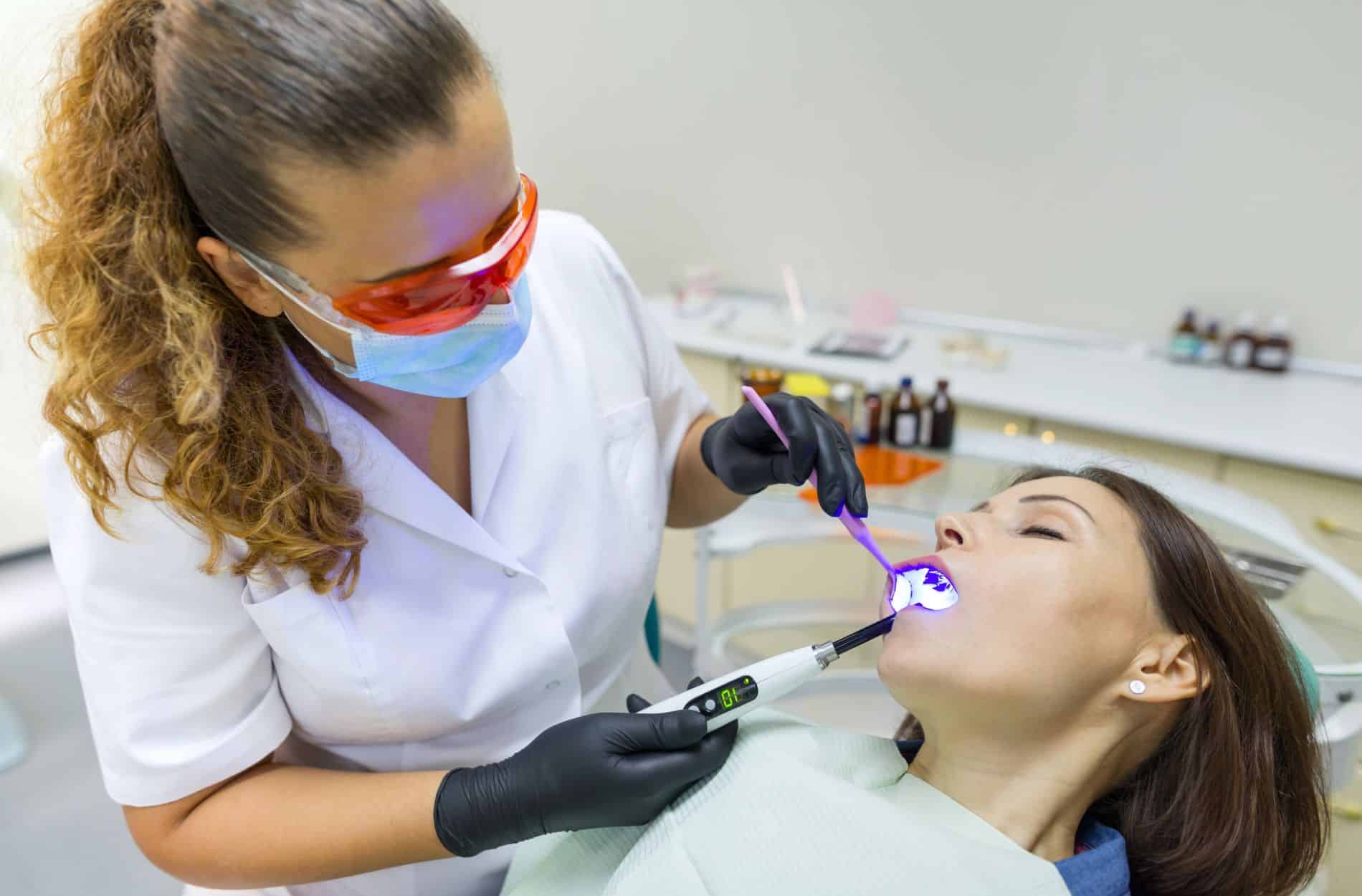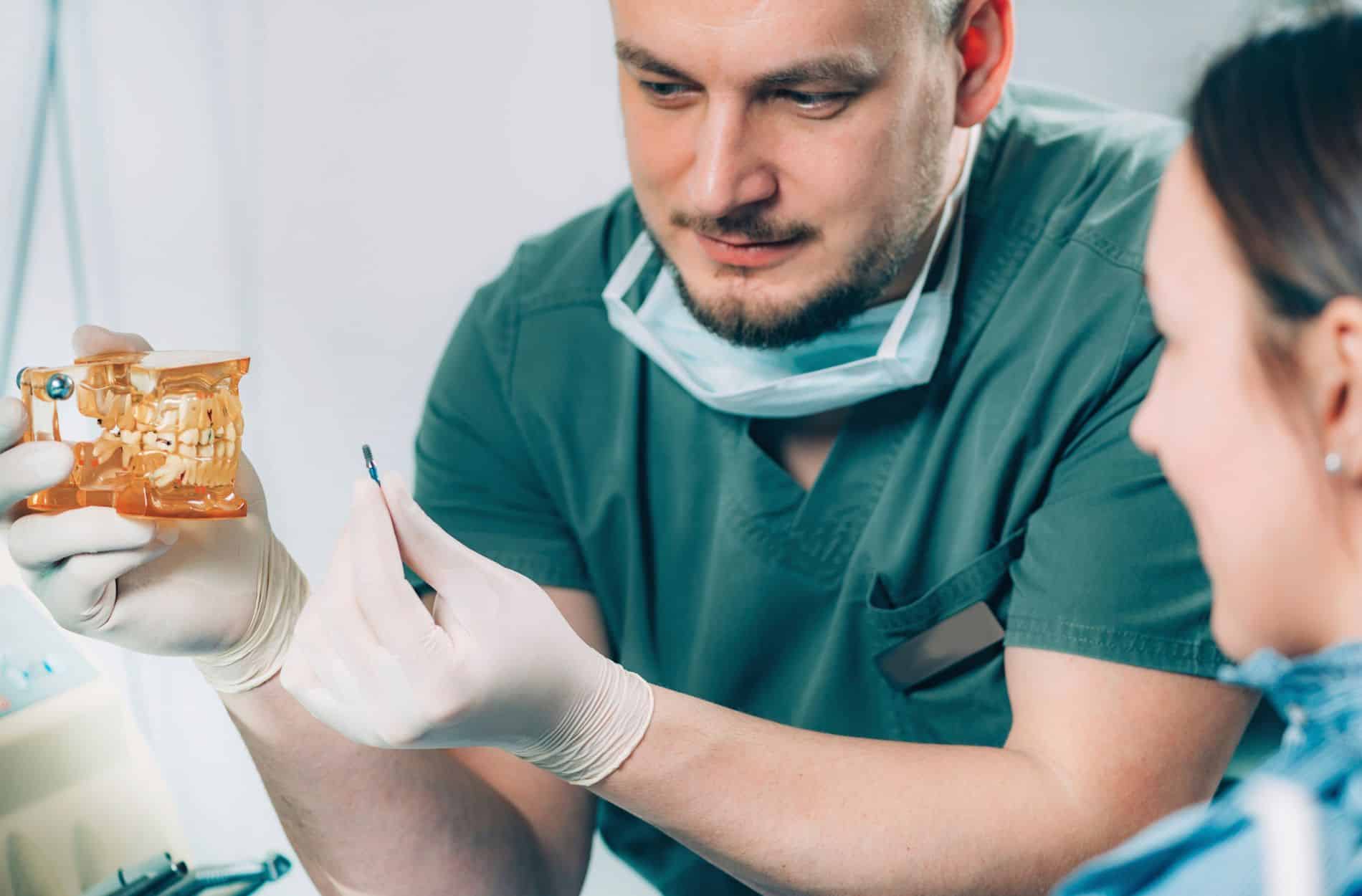Going to the dentist can make many people nervous, but it doesn’t have to be that way. Sedation dentistry offers a solution that helps you feel calm and comfortable during dental procedures. Whether you get anxious about dental visits or have a low pain threshold, sedation can make your experience much more pleasant.
What is Sedation Dentistry?
Sedation dentistry uses medication to help patients relax during dental procedures. This can be particularly helpful for those who have anxiety about dental visits. The goal is to make the experience as comfortable as possible. Sedation ranges from minimal, where you are awake but relaxed, to deep, where you are almost unconscious but can still be awakened if needed.
Dentists can use sedation for various procedures, from simple cleanings to more complicated treatments like crowns or implants. The level of sedation depends on the patient’s needs and the type of procedure being performed. It can help manage not just anxiety but also fear of pain, sensitive teeth, or a strong gag reflex.
Using sedation allows the dentist to work more efficiently because the patient is calmer. This can be especially useful for longer procedures, as it means the dentist can complete more work in one visit. Knowing that you can receive sedation can make the idea of going to the dentist much less daunting.
Types of Sedation Dentistry
There are several types of sedation used in dentistry, each serving different needs. The main types include:
1. Nitrous Oxide (Laughing Gas): This is the lightest form of sedation. You breathe it in through a mask, and it helps you feel relaxed. It wears off quickly, so you can usually drive home afterward.
2. Oral Sedation: You take this sedation as a pill. It makes you drowsy, but you’re still awake. The level of sedation can be minimal to moderate, depending on the dosage. You might feel groggy, so it’s important to have someone drive you home.
3. IV Sedation: This sedative is delivered through a vein, so it works quickly. The dentist can adjust the level of sedation throughout the procedure. You will be deeply relaxed and may not remember much of the procedure. You will need someone to take you home afterward.
4. General Anaesthesia: This is the strongest form of sedation, where you are completely unconscious. It is used for very complicated procedures and is usually administered by an anaesthesia specialist.
Each type of sedation has its benefits and will be chosen based on what you need and how anxious you feel about dental work. Talking to your dentist about your concerns will help them choose the best sedation option for you.
Benefits of Sedation Dentistry
Sedation dentistry offers many benefits that can make your dental visits more comfortable and less stressful. One of the main advantages is anxiety relief. Many people feel anxious or fearful when they think about visiting the dentist. Sedation can help calm these feelings, making it easier to go through with treatments that you might otherwise avoid.
Another benefit is pain management. While local anaesthesia numbs the area being treated, sedation can help relax you so that you are less aware of any discomfort. This is particularly helpful for people with a low pain threshold or those undergoing more invasive procedures like dental implants or complex extractions.
Sedation also allows for more efficient dental work. When you are relaxed, the dentist can complete treatments faster and more effectively. This means fewer visits and less time spent in the dental chair. Additionally, sedation helps with managing a strong gag reflex and sensitive teeth, enabling the dentist to perform thorough and precise work without interruptions.
What to Expect During Your Visit
When you choose sedation dentistry, your visit will start with a discussion about your medical history and any medications you are taking. This helps the dentist determine the best type of sedation for you. On the day of your appointment, you should follow any pre-procedure instructions given by your dentist, such as avoiding food or drink for a certain amount of time.
Once you arrive, you will be prepared for the sedation. If you are using nitrous oxide, a mask will be placed over your nose to deliver the gas. For oral sedation, you will be given a pill to take beforehand. IV sedation involves inserting a needle into a vein in your arm to administer the sedative. If general anaesthesia is used, an anaesthesiologist will monitor you throughout the procedure.
During the treatment, you will feel relaxed and at ease. Depending on the type of sedation, you may be awake but calm, drowsy, or completely asleep. Your vital signs will be closely monitored to ensure your safety. After the procedure, you’ll need some time to recover from the sedation. It’s important to have someone drive you home if you have undergone oral sedation, IV sedation, or general anaesthesia, as you might feel groggy.
Conclusion
Sedation dentistry can transform your dental experience, making it much more pleasant and stress-free. Understanding the different options and knowing what to expect can help you feel more at ease when it’s time for your next dental visit. From managing anxiety and pain to allowing for efficient dental treatments, the benefits of sedation are significant.
If you’ve been avoiding dental care due to fear or anxiety, consider sedation dentistry as a solution. It can make all the difference in keeping your teeth and gums healthy while ensuring you remain comfortable throughout the process. Learning about sedation options and discussing them with your dentist can help you make an informed decision.
Want to experience the benefits of sedation dentistry? Contact Pickering Dental Services today to schedule your consultation and take the first step towards a more relaxed dental visit. Your comfort and dental health are our top priorities.


